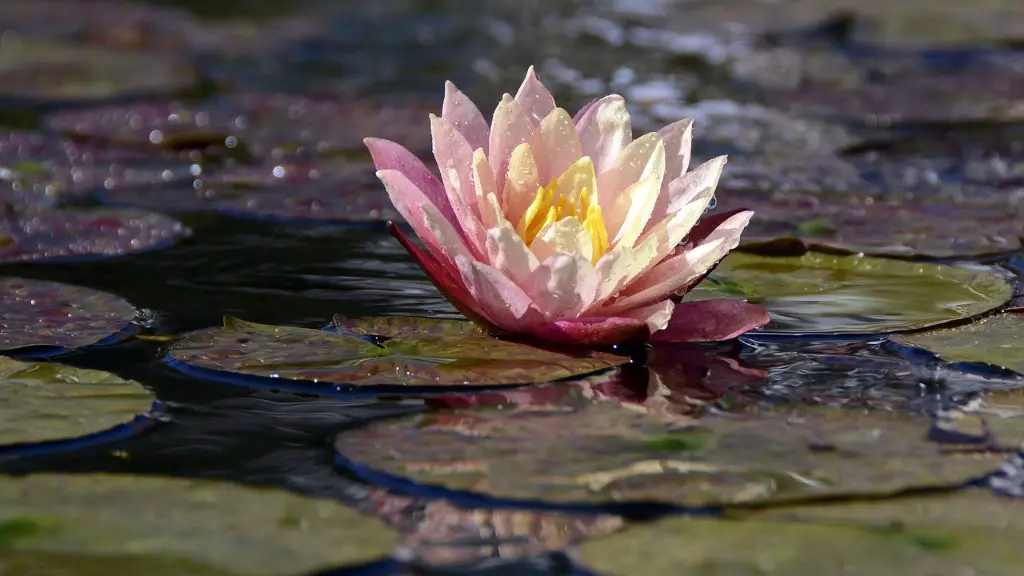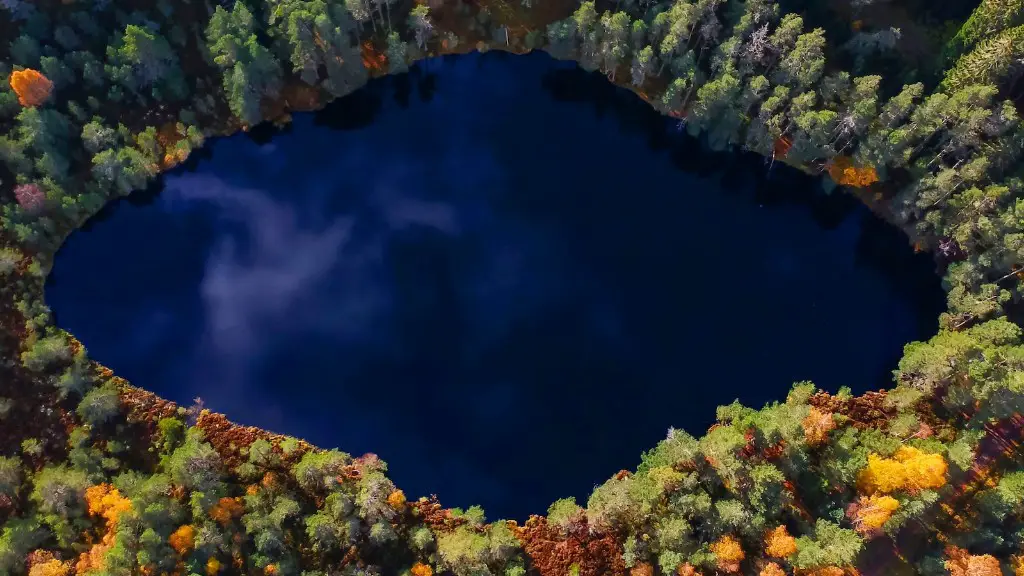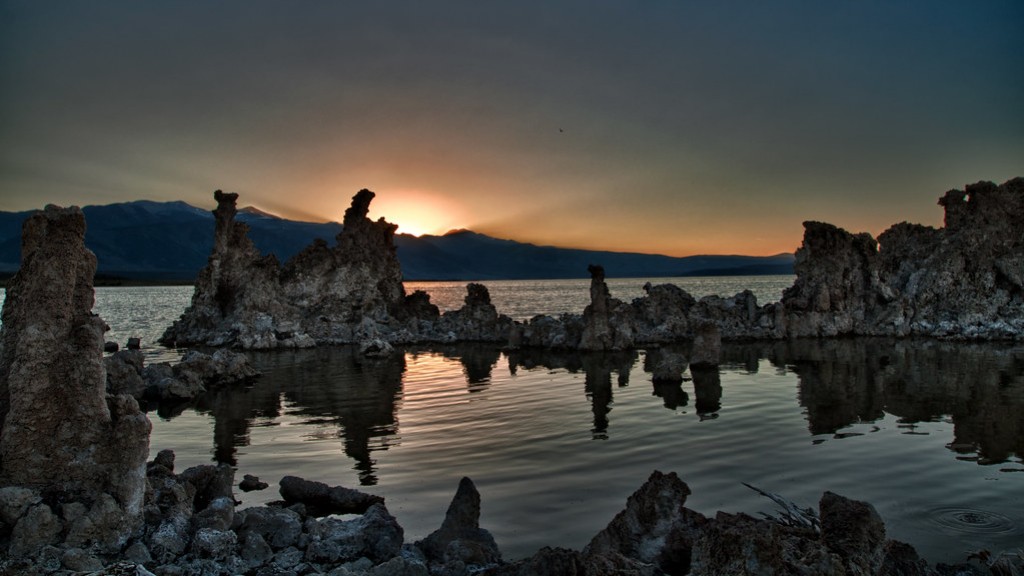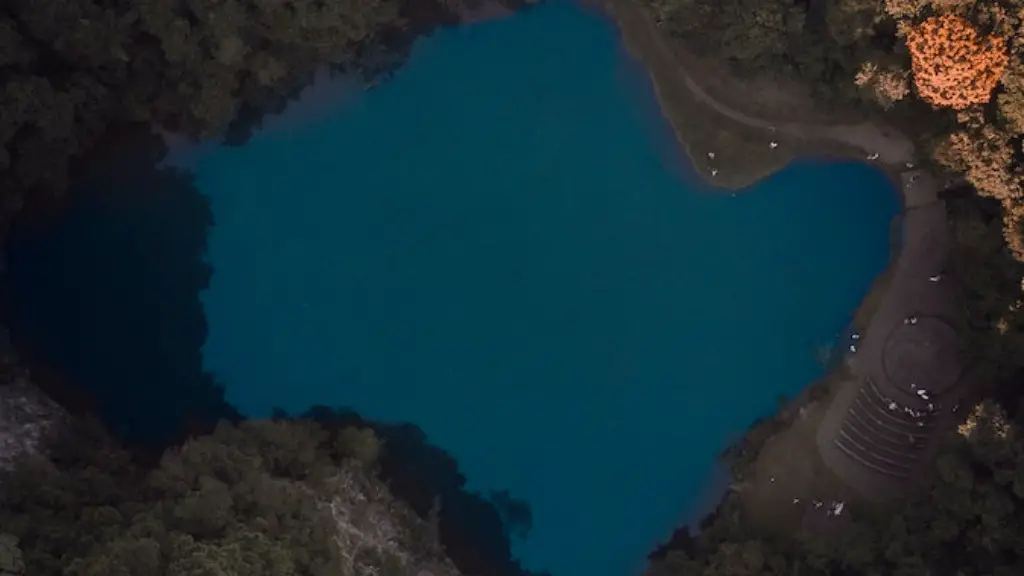Introduction to Lake Superior Animals
Lake Superior is the largest of the five Great Lakes, with water covering more than 31,700 square miles. It is also the largest freshwater lake in the world by surface area. Many fish and other aquatic species live in the lake, such as walleye and lake trout. But there are also many other species that call the lake home. Here is a look at just some of the animals living in Lake Superior.
Birds
A variety of birds inhabit the lake and its shores, including bald eagles, ospreys, terns, loons, and great blue herons. These birds feed on the abundant fish and aquatic life that can be found in the lake. Some of them also use Lake Superior as a staging area while they migrate to other parts of the world. The bald eagle, in particular, is very common along the shores of the lake.
Mammals
Mammals living in and around Lake Superior include beavers, muskrats, raccoons, and even bears. These animals take advantage of the lake for food and shelter. They build their dens along the shoreline, and many of them feed on the fish and aquatic life found in the lake. Many of the animals also use the lake to travel from one location to another.
Aquatic Life
The lake is home to many species of aquatic life. These include various types of fish, such as lake trout, Chinook, and lake whitefish. The lake is also home to some of the largest freshwater crayfish in North America. In addition, there are a variety of amphibians living in the lake, such as frogs, toads, and salamanders.
Reptiles
There are several reptiles that can be found in Lake Superior, although they are not as common as the other animals found in the lake. These include snapping turtles, Alligator Snapping Turtles, and Blanding’s turtles. These turtles mainly feed on fish, but they also eat crustaceans and aquatic plants.
In addition, there are a variety of other animals that live in and around the lake, such as otters, minks, and weasels. These animals all take advantage of the lake for food and shelter.
Invasive Species
Lake Superior is also home to some invasive species, including the sea lamprey. These sea creatures are parasitic, meaning that they attach themselves to native fish and feed on their blood. They have been a huge problem in Lake Superior, as they have wiped out native fish populations. To combat this, various measures have been taken by the state and federal governments, such as chemical treatments of the lake, to reduce the sea lamprey population.
Another invasive species that was introduced to the lake was the zebra mussel. This species of mussel was originally brought over from Eurasia, and were introduced in Lake Superior in the late 1980s. The mussels can reproduce quickly, and have caused problems for the lake’s ecosystem. In order to combat this problem, the state and federal governments have established monitoring programs to track the mussels, as well as various programs to control their spread.
Conservation Efforts
Efforts to conserve and protect the lake’s wildlife have been ongoing for many years. The state and federal governments have taken a variety of measures to protect the lake and its inhabitants. These efforts include establishing refuges and protected areas, banning certain activities that could harm the lake’s wildlife, and educating people about the ecosystem.
In addition, the state and federal governments have established various programs to help restore and protect the lake’s native species. These include fish stocking programs, which help restock depleted fish populations, and habitat restoration programs, which work to improve the health of the lake’s aquatic habitats.
Conclusion
Lake Superior is home to a variety of animals, from birds to mammals to reptiles. The lake is also home to some invasive species, which have caused problems for the lake’s native species. In addition, efforts to conserve and protect the lake and its inhabitants have been ongoing for many years.
Future of Lake Superior Animals
The future of the animals living in Lake Superior looks promising. With conservation efforts in place, and the introduction of new programming to restore the lake’s native species, there is hope that the wildlife living in the lake will continue to thrive. With continued efforts to protect and conserve the lake, future generations will be able to enjoy the many species of animals found in Lake Superior.
Impact of Pollution
Pollution is also a major threat to the animals living in Lake Superior. While efforts are being made to reduce pollution, it still remains a problem. Pollutants such as fertilizers, sewage, and industrial waste can have a negative impact on the lake’s ecosystem by disrupting the balance of aquatic life. Efforts to reduce pollution, and the educational programs that are in place to inform people about the importance of the lake, are key to protecting the lake’s inhabitants.
Conclusion of the Future
The animals living in Lake Superior are an important part of the lake’s ecosystem, and their protection is of utmost importance. With conservation efforts in place, and new programming to restore the lake’s native species, there is hope that the animals will continue to thrive. However, pollution remains a major threat, and continued efforts to reduce it will be essential for the protection of the lake’s inhabitants.




